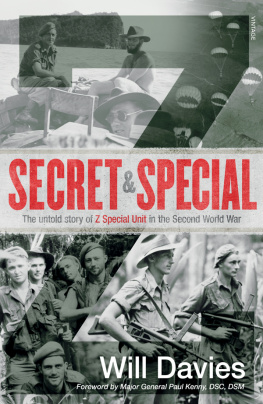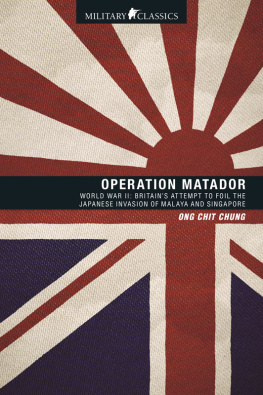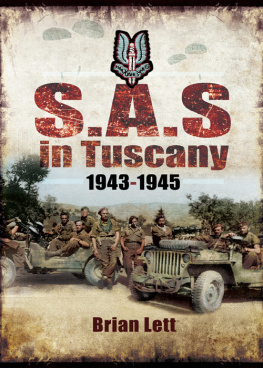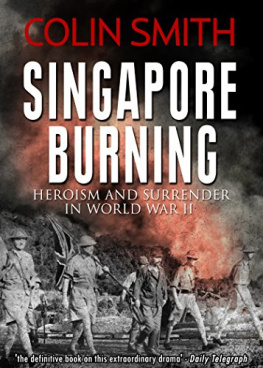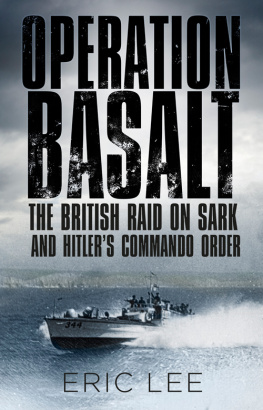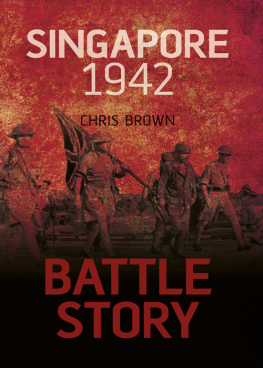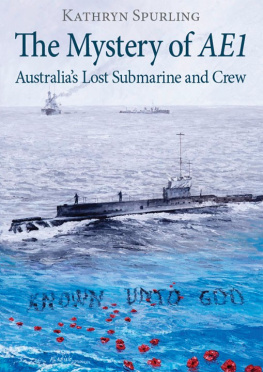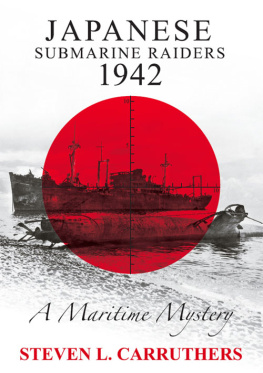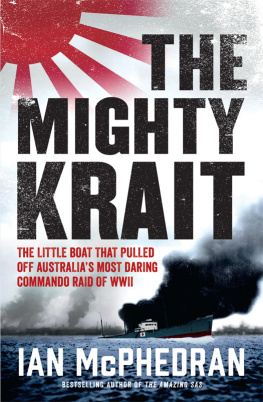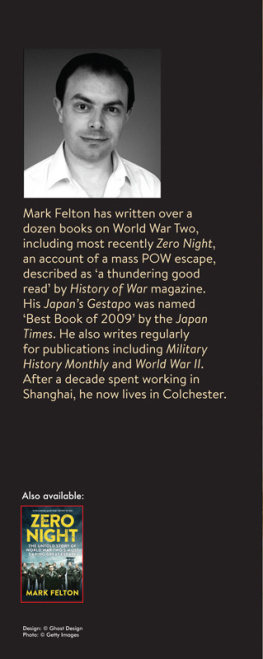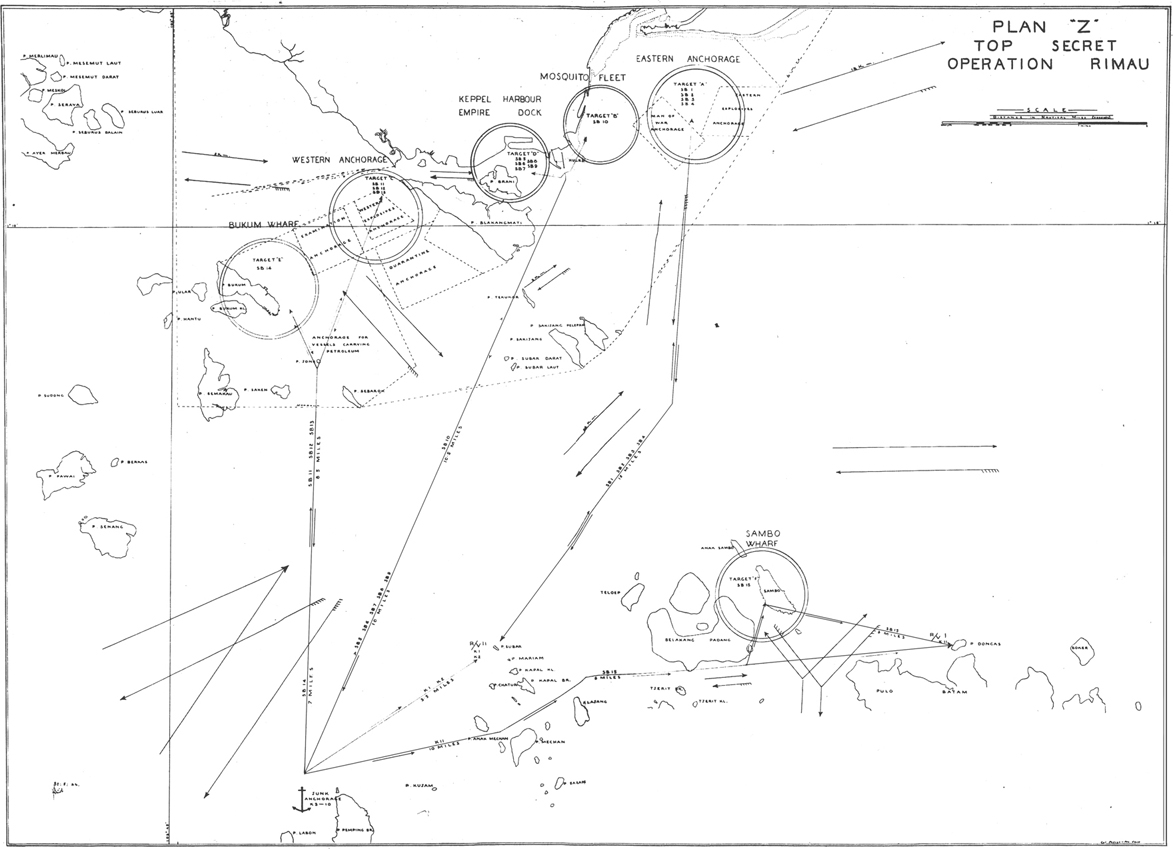by LYNETTE RAMSAY SILVER
from the research of Major Tom Hall
This book is dedicated to the twenty-three.
First published in 1990 by
Sally Milner Publishing Pty Ltd
17 Wharf Road
Birchgrove NSW 2041 Australia
First published in Great Britain in 1991 by Leo Cooper
190 Shaftsbury Avenue, London WC2H 8JL
an imprint of Pen & Sword Books Ltd.
47 Church Street, Barnsley, S. Yorks S70 2AS
Major Tom Hall & Lynette Ramsay Silver
Design by Doric Order
Cover design by David Constable
Production by Sylvana Scannapiego,
Island Graphics
Typeset in Australia by Asset Typesetting Pty Ltd
Printed in Malaysia by SRM Production Services Sdn. Bhd.
A CIP catalogue record for this book is available from
The British Library
ISBN 0 85052 334 6
All rights reserved. No part of this publication may be
reproduced, stored in a retrieval system or transmitted in
any form or by any means, electronic, mechanical,
photocopying, recording or otherwise, without prior
written permission of the copyright holders.
Contents
Foreword
by Colonel The Lord Langford, OBE, DL
The Heroes of Rimau is a factual historical record, telling of profound determination and dedication to duty which ended in the ultimate in courage facing execution by the sword.
Lieutenant-Colonel Ivan Lyon, Gordon Highlanders, led two expeditions against Japanese-held Singapore. Operation Jaywick in 1943 was resoundingly successful, with no Allied casualities and 37 000 tons of Japanese shipping sunk. Operation Rimau in 1944 was equally successful regarding Japanese shipping losses but this time, by the greatest mischance, the Japanese were alerted. There was a running fire fight through the islands south of Singapore in which Ivan Lyon and twelve of his companions were killed. The remaining ten were taken prisoner and executed only six weeks before the Japanese surrender in August 1945.
There have been at least three attempts to distort or prevent the true facts of Operation Rimau becoming widely known.
The Japanese could not believe that the sinkings of their ships were carried out by other than internal resistance groups and they therefore executed hundreds, if not thousands, of Chinese and Malays in Singapore, together with a substantial number of Allied internees. The Japanese were also understandably sensitive about the legality of the trial which resulted in the deaths of the ten captured Rimau men.
A Royal Navy submarine commander failed to keep a rendezvous on the right date, arriving no less than two weeks late and for no adequate operational reason.
Following a superficial Allied investigation into the fate of the Rimau men, the Australian government also played its part in general post-war secrecy. Three days after the Japanese surrender, the Allied Intelligence Services received a derisive message from the Japanese, from which it became obvious that a large part of our Allied special operations within Japanese-held territories had been seriously compromised since mid 1943, with usually fatal results to the field operatives involved.
Such were the face-saving cover ups by the Japanese and the Allies at the highest levels that it has taken thirty years for Major Tom Hall to uncover the truth. Using his research, Lynette Ramsay Silver has now written the definitive account of Operations Jaywick and Rimau two of the most remarkable expeditions of World War II.
Rhuddlan, North Wales, May 1991.
Editors note: Lord Langford, who appears in this book as Major Geoffrey Rowley-Conwy, was a colleague and close friend of Ivan Lyon.
We gratefully acknowledge the trustees of the Australian War Memorial for permission to reproduce photographic material from the collection; the families, friends and colleagues of the Jaywick and Rimau men who supplied information and photographic material from their private collections, particularly Moss Berryman, Commander Geoffrey Brooke, Harry Browne, Muriel Buie, the late K. P. Cobber Cain, Sir Walter Campbell, Professor Sam Carey, Rae Chambers, the late Ron Croton, Rose David, John Grimwade, Biddy and Gordon Kurtz, Lord Langford (Colonel Geoffrey Rowley-Conwy), Mary Lennox, Clive Lyon, Commander Hubert Marsham, Vice-Admiral Sir Hugh Mackenzie, Major Francis Moir-Byres, Major Ron Morris, Roma Page, Brian Passmore, Bettina Reid, Margaret Reynolds, Peter and Tom Sachs, Noel Wynyard, and Horrie Young; the people of the Indonesian Islands of Kasu, Merapas, Bintan and the Lingga Archipelago, particularly Abdul Rachman Achap, Arafin Bin Akup, Batjuk, Karta, Abdul and Mrs Latif, Mahat Kunil, Raja Mohammad and the late Sidek Bin Safar; Yoshi Tosa for his translation of Japanese documents; Marlene von Bomemann and David Reeve for checking Indonesian translations; Ursula Davidson, Ron Gilchrist, Liz Nathan, and Joy Wheatley for particular assistance with research material; Drs Kenneth Brown and Godfrey Oettle for forensic analysis; the many who gave assistance and support to Tom Hall during his research, particularly Major Mike Askey, Charles Buttrose, Tip Carty, Colonel George Cardy, Joy and Norm Craig, M. G. Eussen-Mryen, the late Tony Wykeham-Fiennes, Mavis Hedrick, Ian Headrick, Alf Henricksen, the late Major Rich Hertz, Alan Johnson, Caroline Jones, Alan Morris, Colonel Henk Mreyen, Elanora Poullos, Captain John Stevenson, Jim Sloggett, Fred Spring, Bruce Stracey, Leigh Sydenham and Jim Walpole; and our immediate families and friends, particularly Marie Hall, Neil Silver and Suzy Baldwin, for their unstinting encouragement and support during the researching and writing of this book.
attap woven palm-leaf
kampong a village
kolek a small two-three man boat
for fishing in sheltered waters
pagar a large fish-trap on stilts
prahu an ocean-going sailing vessel
pulau an island
tandjung a cape (geographical feature)
tonga a two-wheeled, horse drawn vehicle
tonkan any wooden boat or ship
Lieutenant Tom Hall was in a distinctly foul mood as he waited on the small beach beneath the sea wall at Chowder Bay. Beyond the beach, the waters of Sydney Harbour had none of their usual sparkle, for the winter of 1958 had been cold, wet and miserable. He thought of his diggers, by now enjoying a scheduled parachute jump at Williamtown Airbase. Everyone in the platoon is having a great time except me, he fumed. Trust the Commanding Officer of One Commando Company to lumber him with this ridiculous assignment, ostensibly in the name of good public relations. Since when had the army ever bothered itself with PR and why pick on him in particular? Not that he hadnt put on quite a turn when it was announced that he had been pulled out of the parachute exercise and placed on special duty. Of course, this voluble outburst hadnt done him the slightest bit of good and the CO had finally been obliged to tell him, in very plain language, to get on with it.
Well he had got on with it. His two-man canoe was drawn up on the damp, gritty sand beside him, the truck was ready for the return trip to the barracks and he was spick and span in army fatigues, his green commando beret clamped firmly on his head in defiance of the blustery wind. And now he was waiting for a journalist who, for some unknown reason, wanted to learn all about two-man canoes. At the harsh sound of an army utility, scrunching suddenly to a stop in the gravel of the road above, he turned to focus his attention upon the source of his discontent. About bloody time too, he thought.


